KIDS & MUSIC - A Perfect Connection through SUZUKI METHOD - Part 1
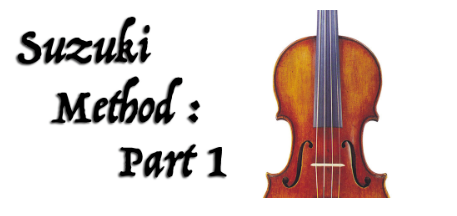
In this my first post for the Steemit Community, I’m going to try to explain what is the Suzuki Method. I’ll do it from the outside, as a mere observer, giving information that I got from books and articles that I’ve been reading about this topic. But also from the inside, as Júlia’s father, a 5 years old girl who has been using this method for less than a year now, changing radically my way of seeing, listening and feeling the classical music.
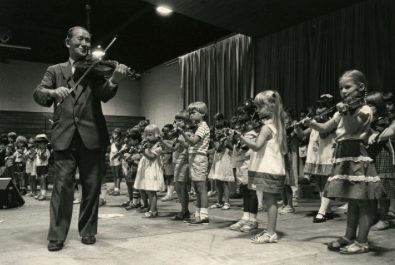
So, let’s start from the beginning, what’s the Suzuki Method?
Basically, we could say that it’s a learning method based on the principle that all children have musical talent.
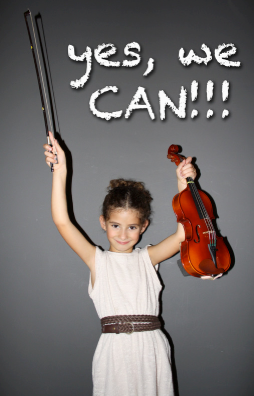
Second question, where does it come from?
The Suzuki method was born from the Dr. Shinichi Suzuki educational philosophy, who believed that ‘any child who is properly trained can develop musical ability just as all children develop the ability to speak their mother tongue. The potential of every child is unlimited.’
As it’s explained in the International Suzuki Association, Dr. Suzuki observed that children learn to speak their own mother tongue, even reproducing a huge variety of accents with great skill, needing an amazing auditory capacity.
Children arte totally involved in their mother tongue sounds even before being born, what made this violinist and music pedagogue that, if children were surrounded by musical sounds at the same degree, they would develop an equally remarkable ability in music.
Shinichi Suzuki called it 'Talent Education’, given that talent is not innate, but something that can be taught and developed.
Third question, who is Shinichi Suzuki?
Shinichi Suzuki was a violinist, educator, philosopher and humanist born in Nogoya (Japan), the 17th October 1898.

His father, Masakichi Suzuki, owned the first violin company dedicated to violins manufacture in Japan, company that didn’t take long to become one of the biggest in the world.
Although his father expected him to stay in Japan to take over the family business, Shinichi decided to look for his own path after hearing and being enchanted with a recording of Schubert’s ‘Ave María’ played by Mischa Elman. Was such an impact that, at the age of 17 (1915), he joined the Tokio’s Conservatory and, six years later (1921), he decided to travel to Germany, where he finished his musical studies under the tutelage of the famous Karl Klinger.
It was there in Berlin where Suzuki met personalities such as Albert Einstein, a big violin fan, and where he met his future wife, Waltraud Prange, getting married in 1928.
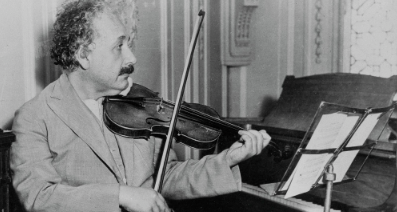
After this period in Germany, he came back to Tokio to work in the Conservatory he started his studies, where he soon became aware that his pupils had acquire habits, very difficult to change. It was when he decided that, in order to change these habits, he should start from the very base.
In 1933, Shinichi Suzuki delighted his brothers with a surprising obvious thought that came to mind:
'All Japanese children speak Japanese!’
With this simple idea Suzuki revolutionized music education around the world developing music skills in little children.
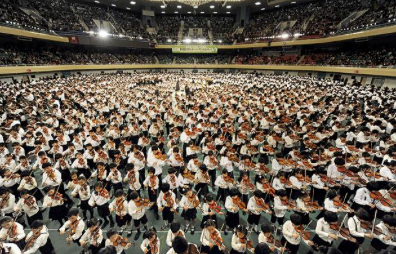
After this turning point, in 1946, Suzuki moved to Matsumoto, where he set an amazing and powerful pedagogical movement up, a school called Talent Education Institute. It had an immediate and huge success. Some of its first students have been renowned musicians, as Toshiya Eto or Koji Toyoda (I’ll write about him in future posts).
Dr. Shinichi Suzuki remained active as a teacher all over the world until the 90s. For his vision and efforts, he was granted with five honorary degrees and many awards. Dr. Suzuki died the 26th January 1998, at the age of 99 in Matsumoto.
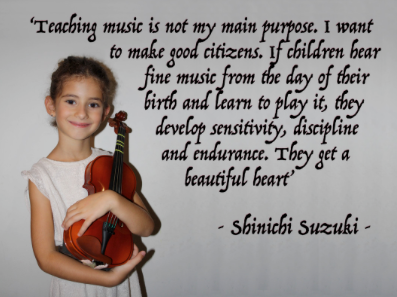
So here is it, my first post about the Suzuki Method. In the following posts I'll explain the essential components of this method to create the 'right environment' for learning music. I will also talk about Koji Toyoda, one of Shinichi Suzuki's first pupils, and an amazing person I was honored to met this summer. And, of course, I'll introduce you Júlia, my little violinist and the reason why I'm writing this posts.
Wow, this is a terrific post!! I started playing violin when I was 7, so I can only recommend to start playing. I think this method is way more fun that the way I learned.
Fun and very enriching for all my family. Thanks for the comment gargon
....born ....the 17th October 1989. Really?
Thanks for that article. I look forward reading about the method as well as about your daughter.
Yes, is the second case of Benjamin Button... no, seriously, a mistake already corrected. Thanks for telling and hope you like the next ones!!
hahahahah
Over the years, I have studied the philosophy and completed the full Suzuki Teacher Training. I include the Suzuki Approach in my private teaching practice, albeit for the piano and recorders, not violin. By approaching musical instruction as a language - which requires at least one of the child's parents to be actively involved in the learning process - the method provides a great foundation and training for future growth.